Bethlehem, PA.
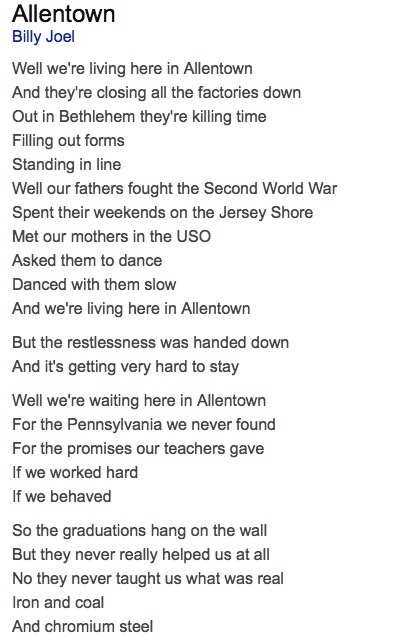
An especially cynical comedian must have named the towns of Bethlehem and Nazareth in Pennsylvania, for if ever there were dark satanic mills they would be found in the heart of this once industrial epicenter. Generations of immigrants, in search of freedom from religious persecution and seeking a better life for their children provided the labor at Bethlehem Steel and its enormous steel works here and if you have crossed the Golden Gate Bridge, or been inside the Empire State or Chrysler buildings then you will have experienced the results of their labors firsthand.
While any number of economic studies over the decades have conclusively confirmed that immigrants only ever make our nation more prosperous, it’s ironic to realize that the very descendants of the immigrants who worked at Steel Stacks are the very same who would today deny their latter day cousins the right of entry and of freedom of worship in the greatest nation there has ever been.
Further, if your parents were eastern European refugees like mine, then you probably owe your very existence to these towns and their industry for, at the height of the war effort, the last war America won, Bethlehem Steel was providing enough steel to build one ship every day. After Pearl Harbor, when the Japanese realized they had woken a sleeping giant, they may not have realized that he made his home in Bethlehem. Yet, by the end of the millennium, Bethlehem and its environs were so many dead cities, the labor exported to lands where the value of life was lower and the wages lower still.
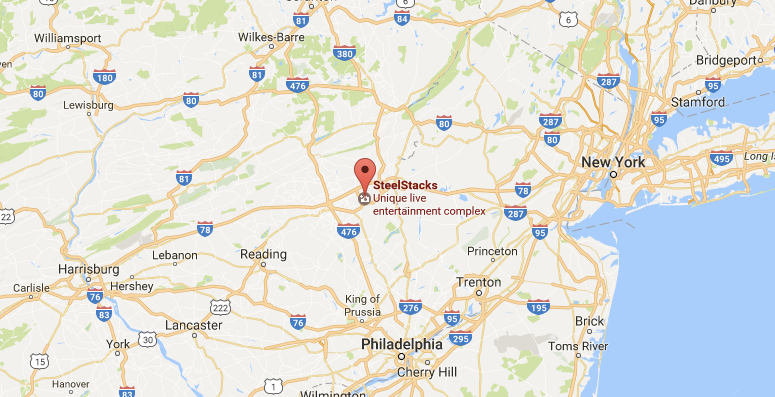
Billy Joel got it right. Allentown is nearby Bethlehem. The story is the same for both cities.
We stayed overnight in Bethlehem en route to Princeton University with the goal of seeing America’s once mighty industrial center. The main Bethlehem Steel mill (the company entered bankruptcy in 2003, having been #8 in the Fortune 500 in 1955) is a rotting ruin, purportedly preserved for tourism with a few gantries and walkways. In reality these front for an adjacent gambling casino and the site was suitably deserted when we visited. Still, while true Urbex is not possible owing to all the locks and fences, what remains accessible is still a photographer’s paradise.
As for the demise of Bethlehem Steel, and American steel in general, there are any number of studies which tease out the causes, but you can glean much from the knowledge that wages rose 900% in the last 50 years of Bethlehem Steel while cold rolled steel prices rose but 220%. Unions saw to it that “if we can’t have it, you can’t have it” and equally corrupt management was to suffer as much as its workers by 2003. Both found themselves unemployed. The American worker wanted a Chevy and a color TV set; his Chinese counterpart was happy to make do with a bowl of rice.
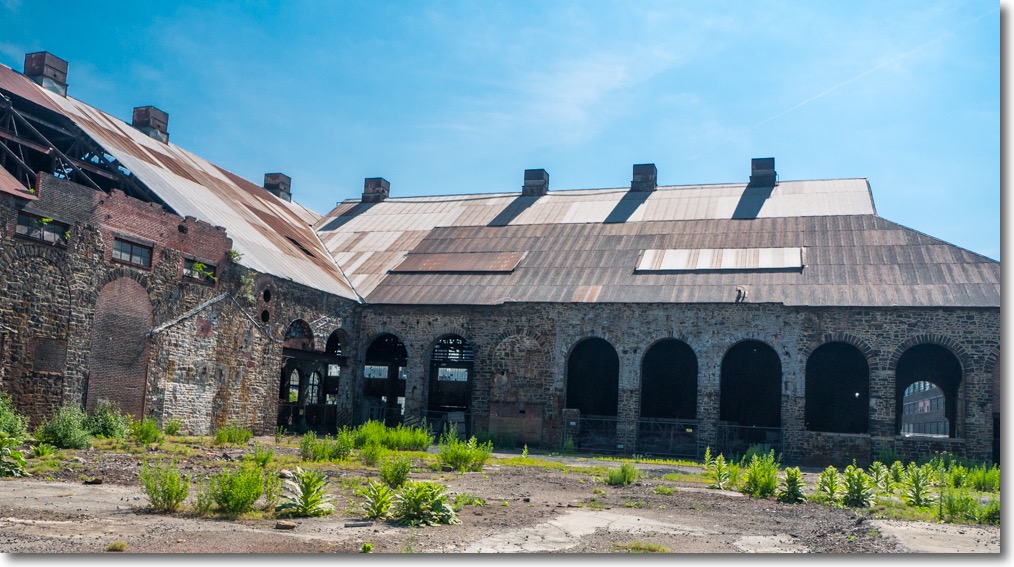
In typically American fashion, obsolete properties are just left to rot rather than being properly remediated. This lack of ‘pride in place’ is one of the worst characteristics of the American character. This building housed Bessemer converters, large kettles which converted pig iron to steel, until the technology was obsoleted by larger mills.
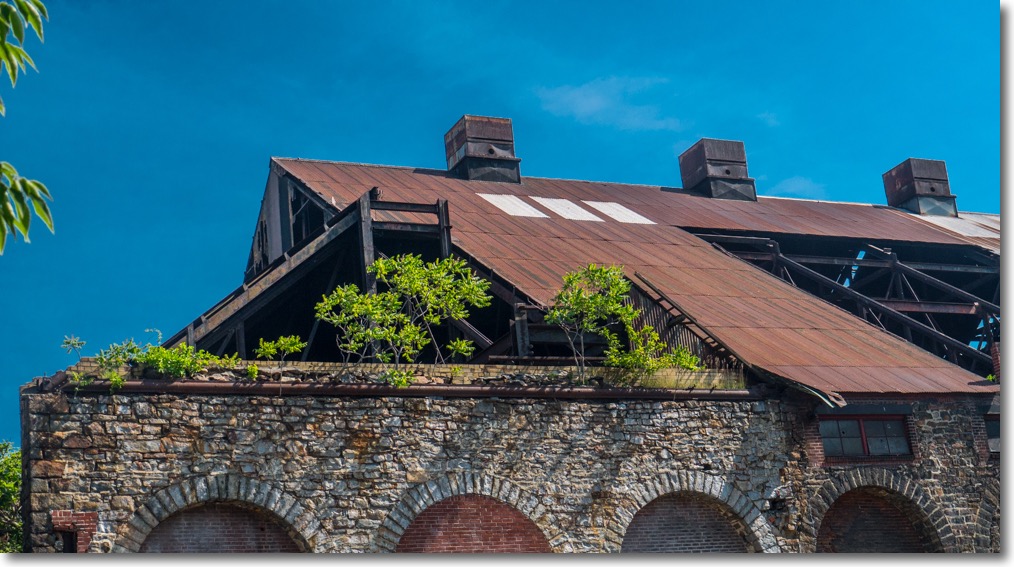
Nature slowly does the job man failed to do.
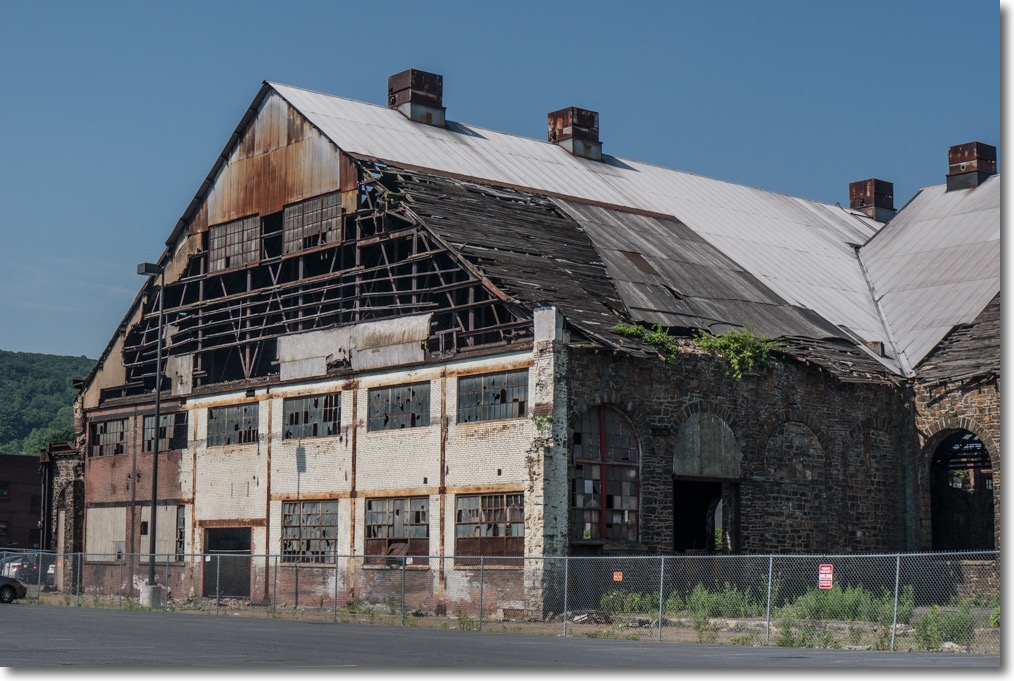
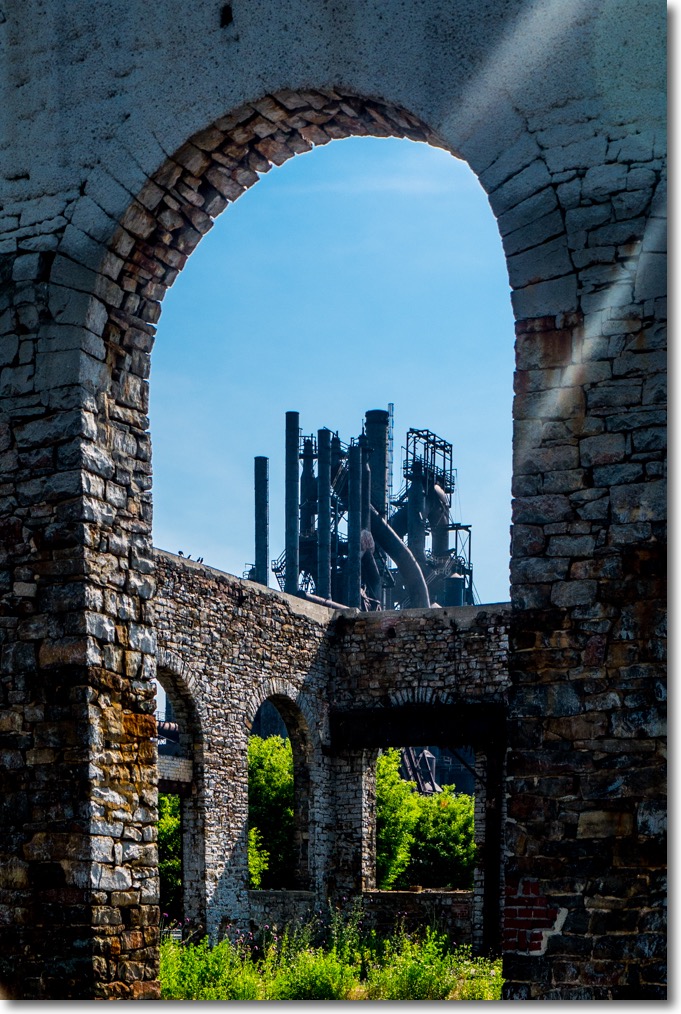
The new mill which replaced the old one in the foreground around the beginning of the twentieth century.
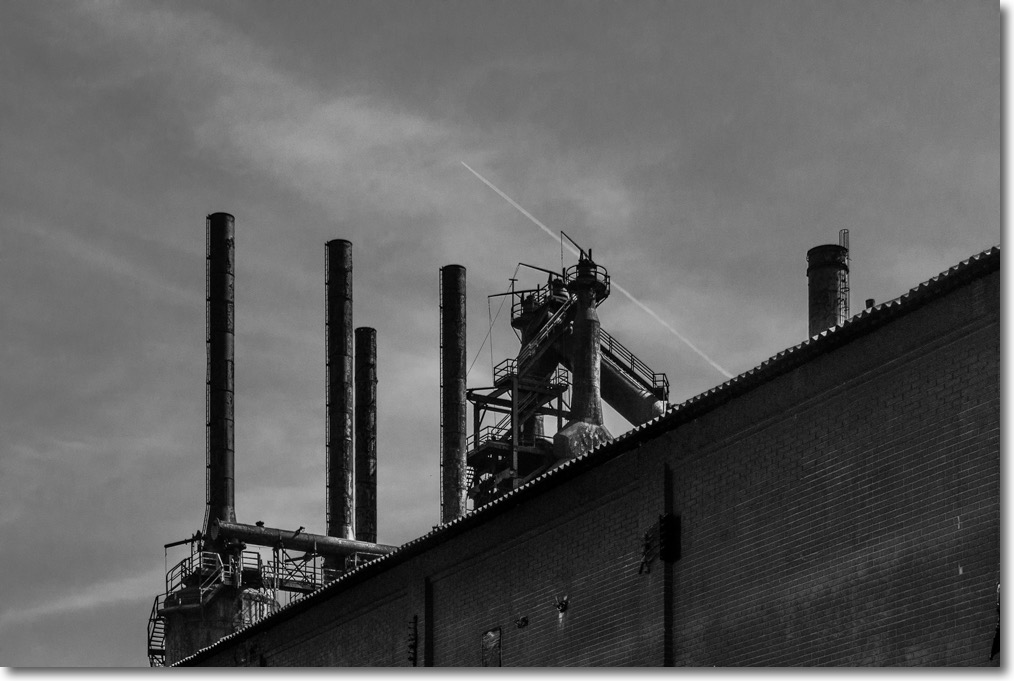
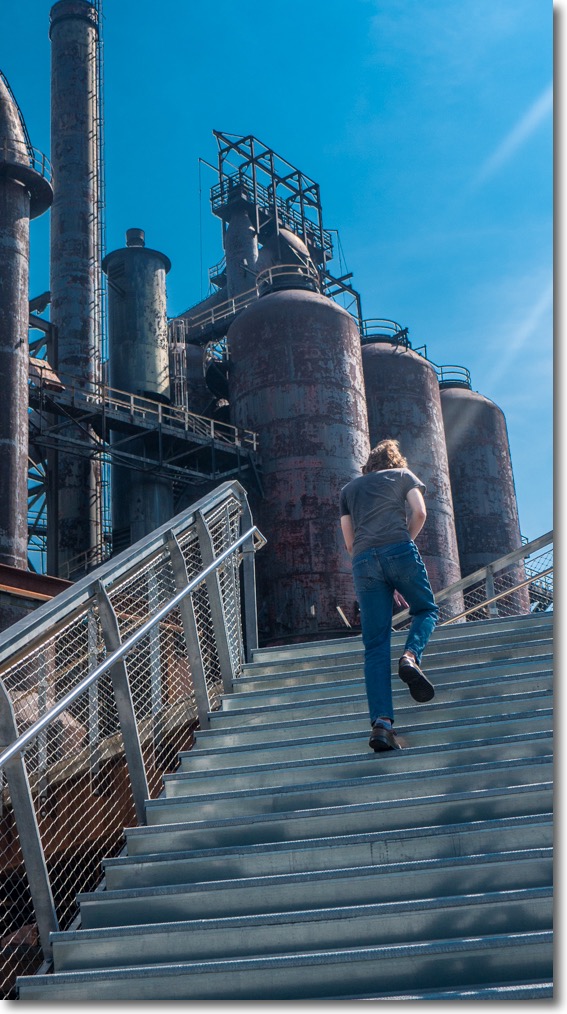
The noise and heat must have been overwhelming when these kettles were bubbling full of molten steel.
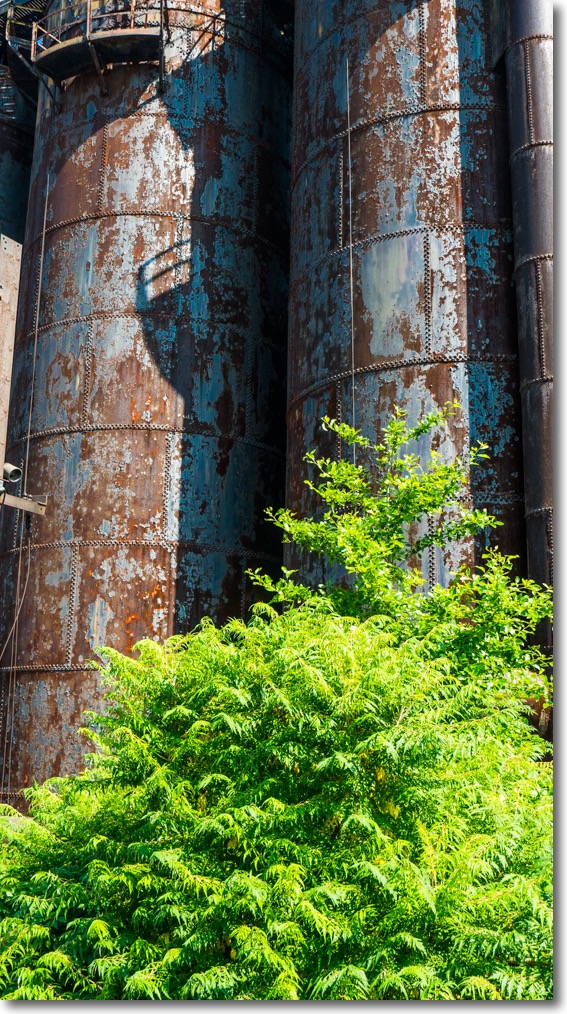
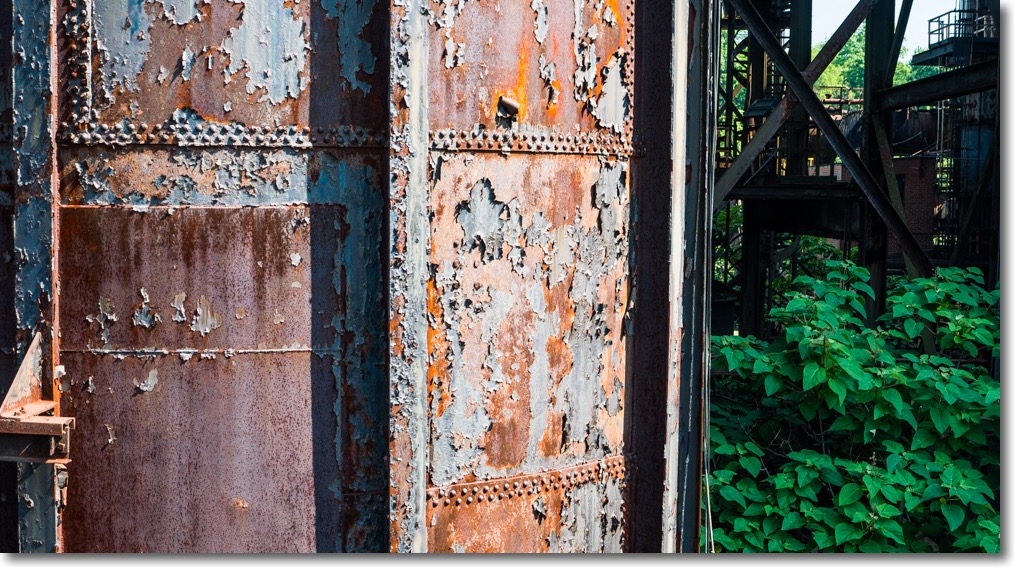
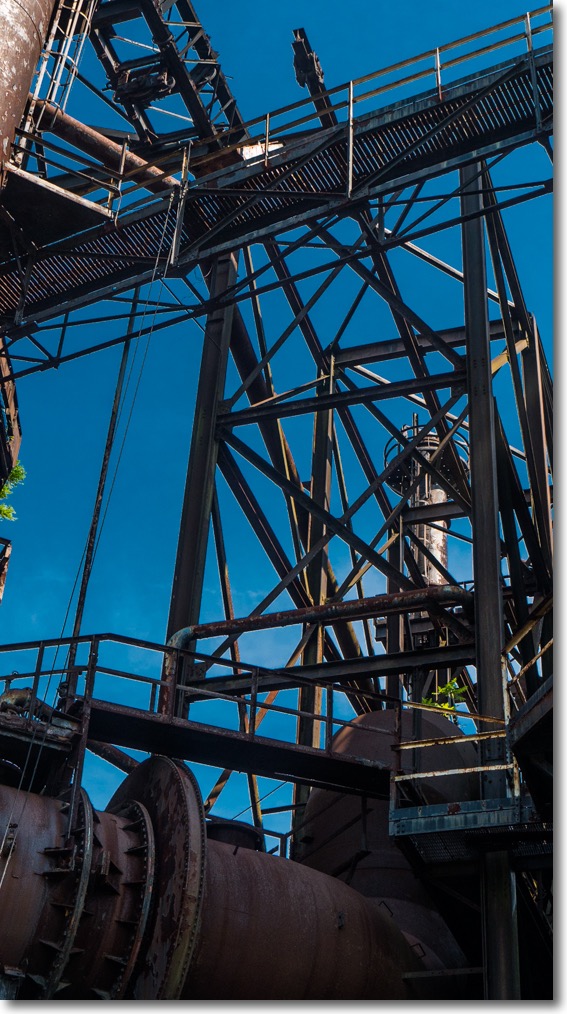
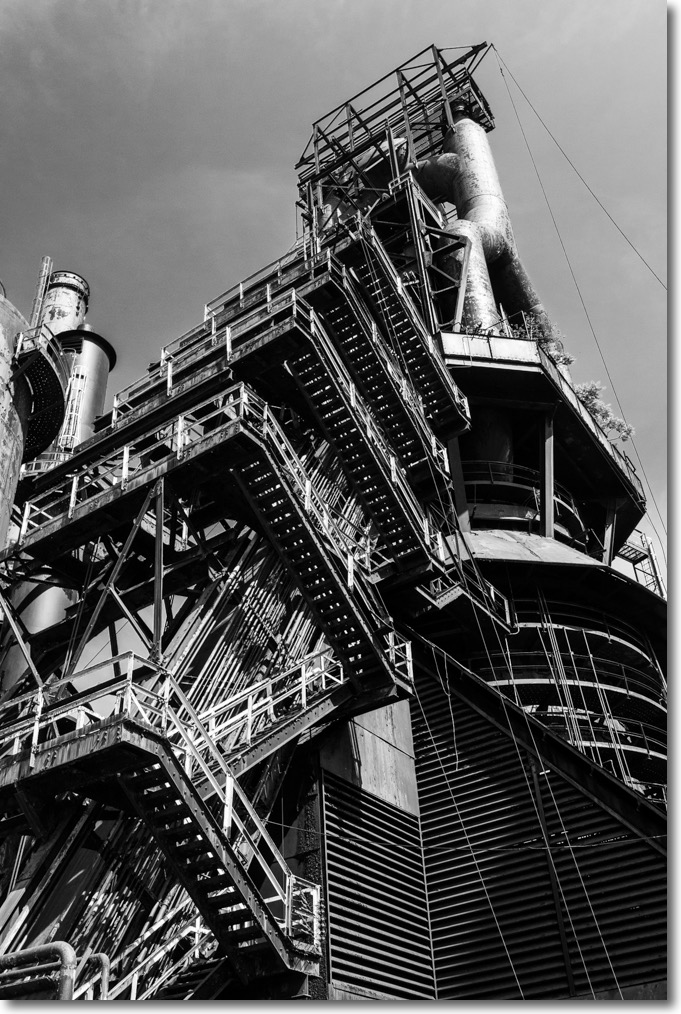
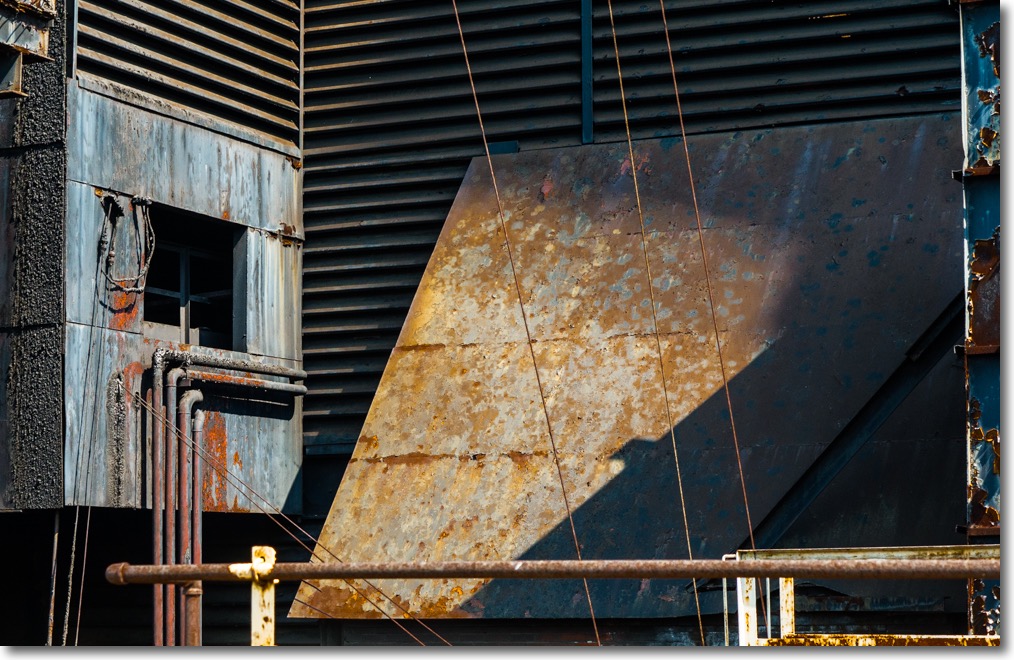
A photographer’s paradise.
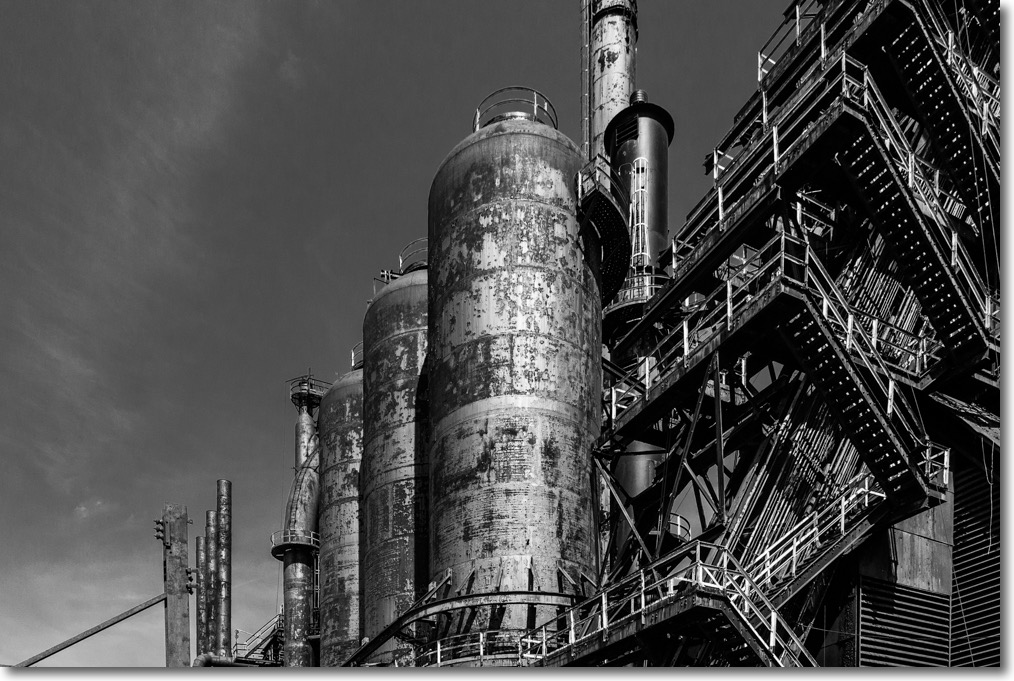
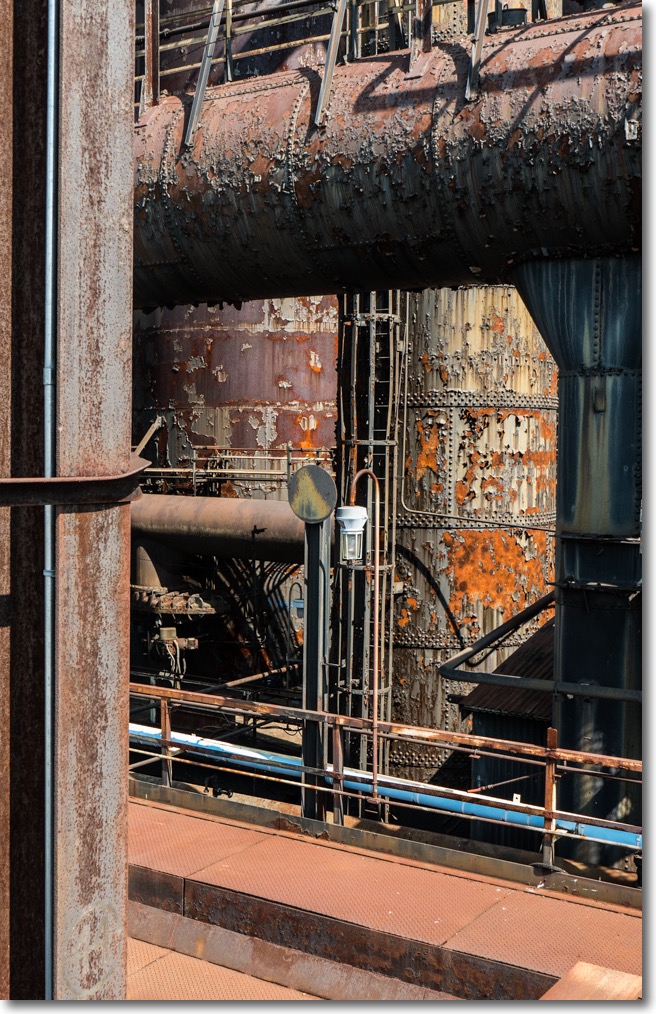
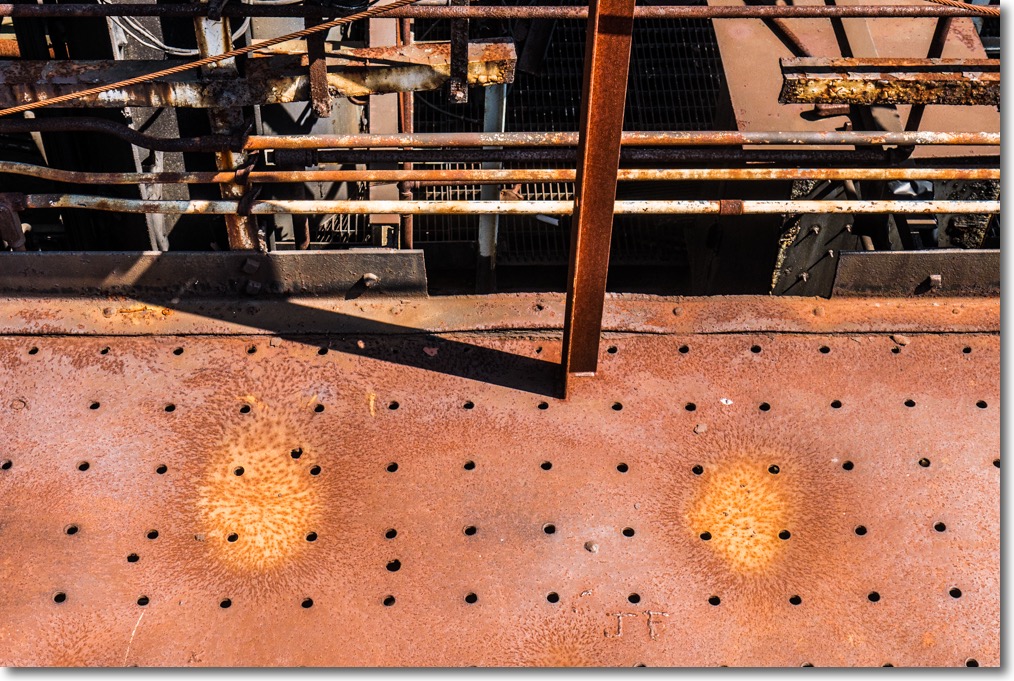
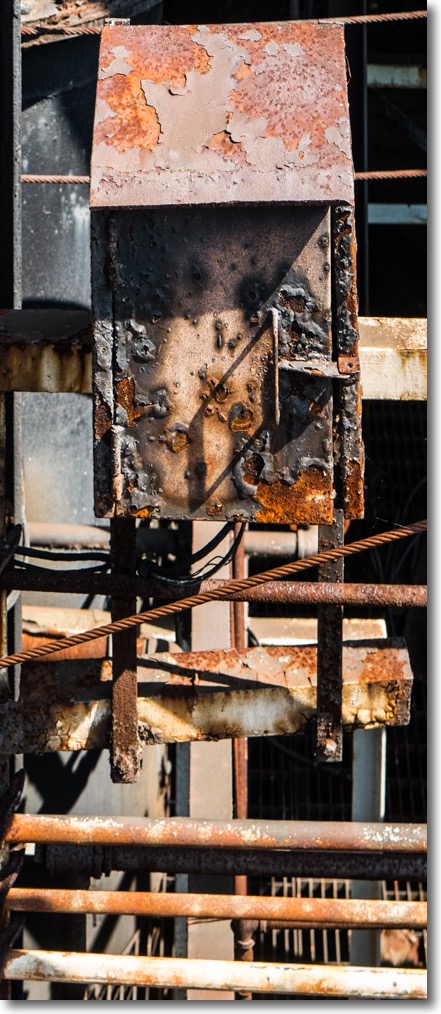
If this was a phone box then it’s some testimony to the products of Western Electric!
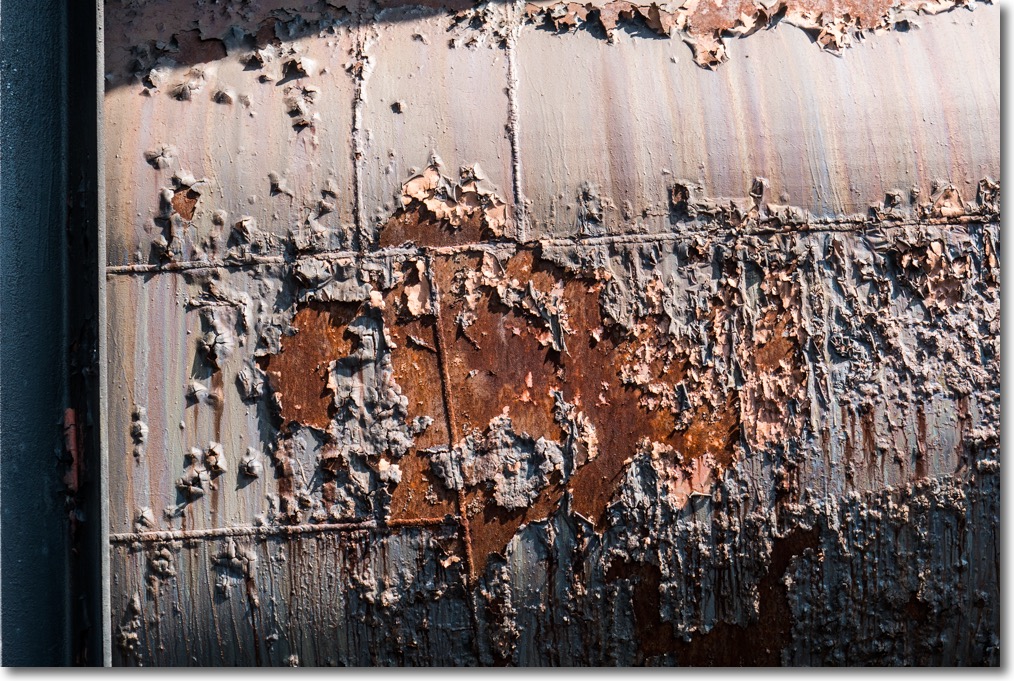
The same workers who built the mill went on to make the steel which poured though these giant pipes.
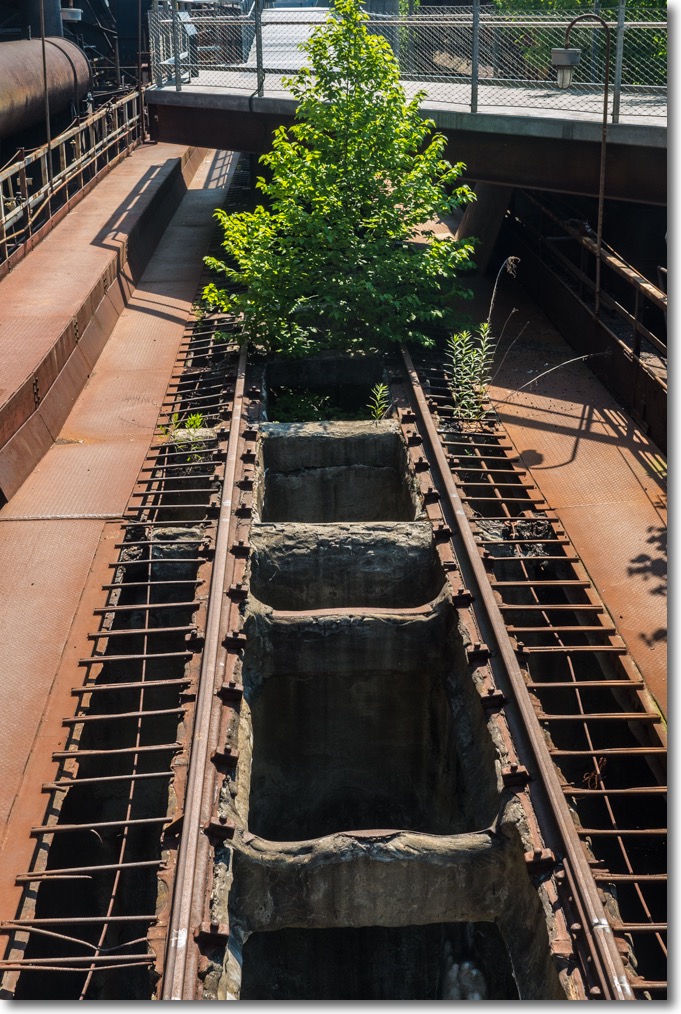
This fully integrated facility included a rail line which would receive the newly poured ingots for transport to the steam hammers where they were forged into I beams or steel plates for everything from battleships to railcars.
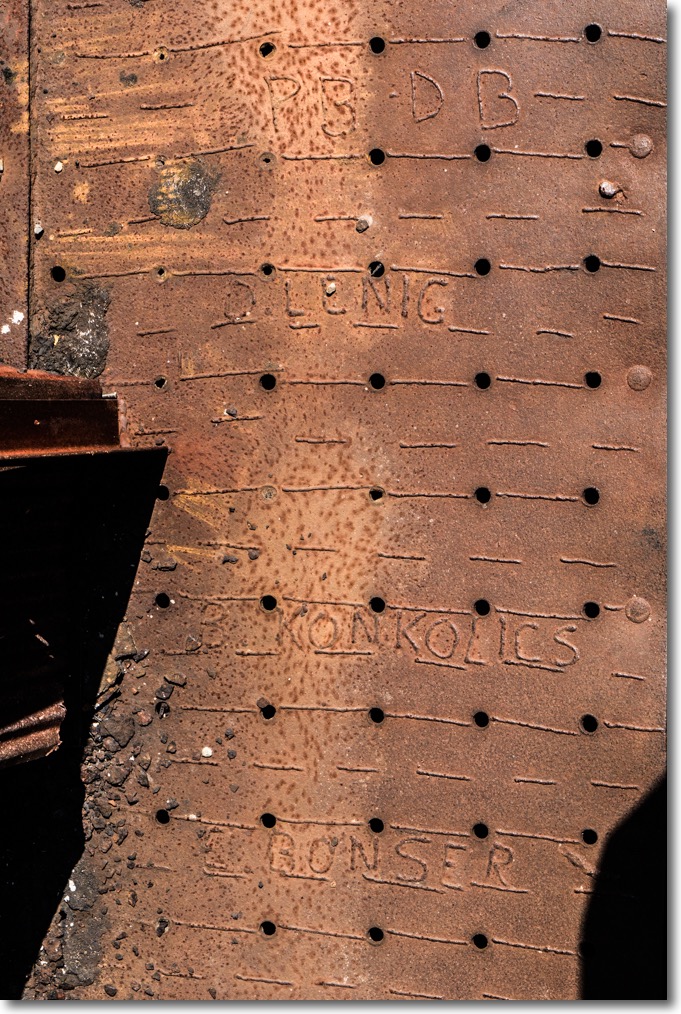
Using beads of weld, proud workers placed their names in the structural steel making up the mill.
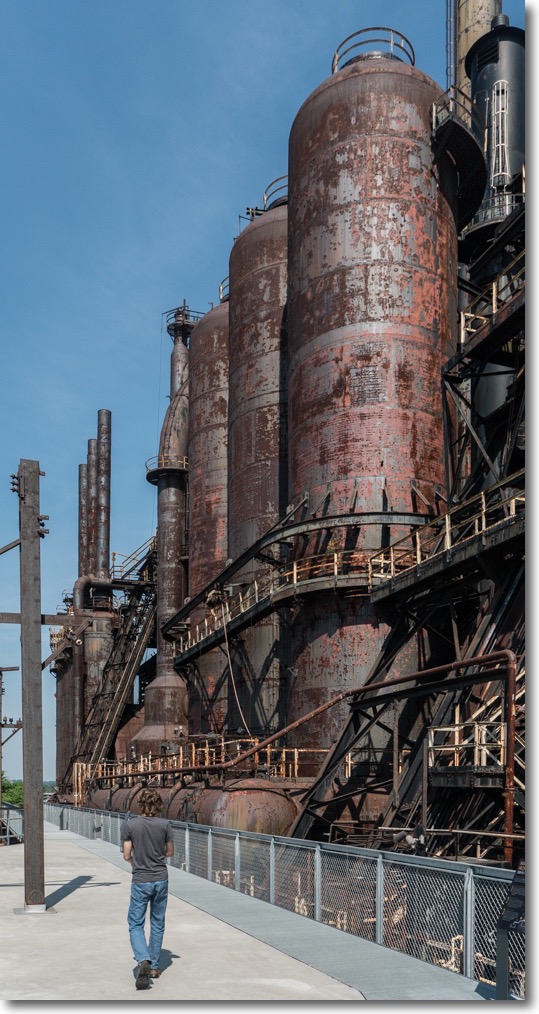
The scale of the plant is very large indeed.
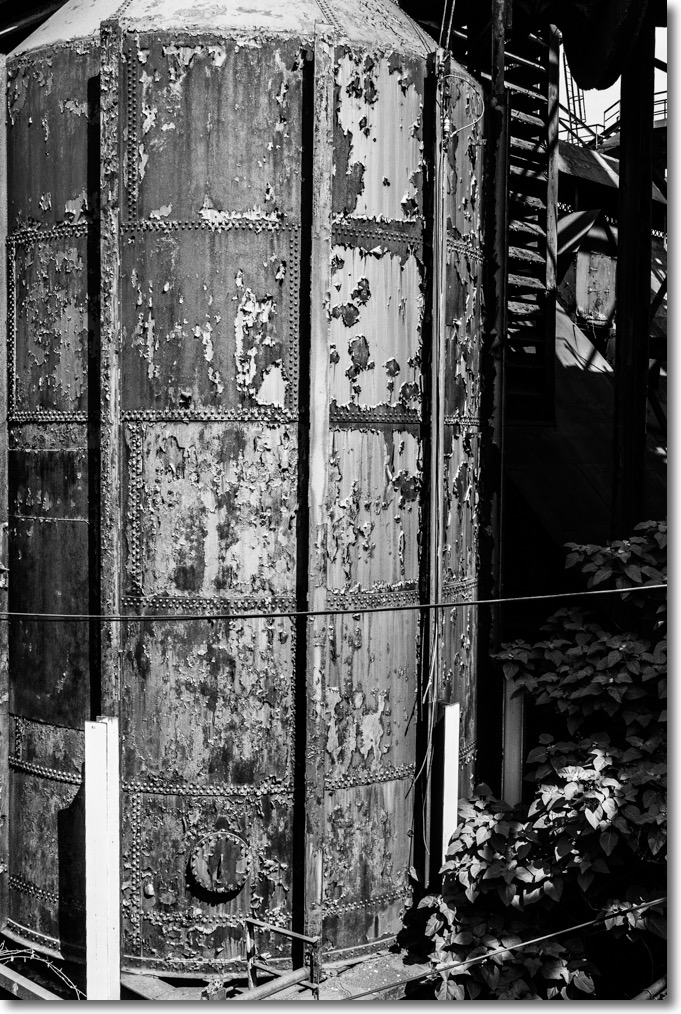
Thousands of rivets testify to the uncompromising structural integrity of one of the kettles.
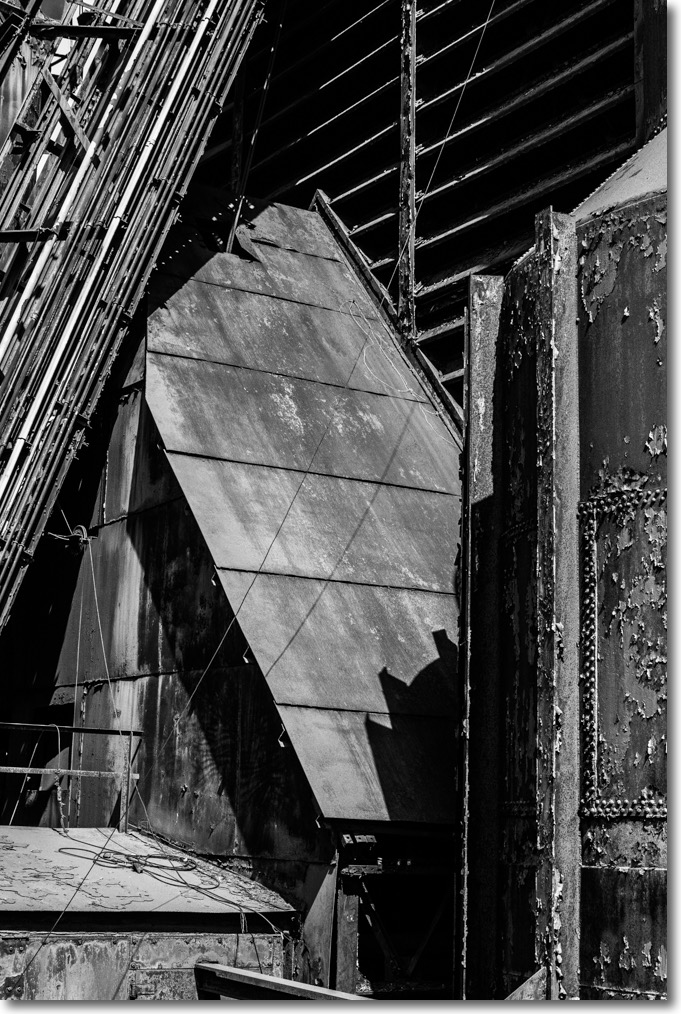
Industrial beauty.
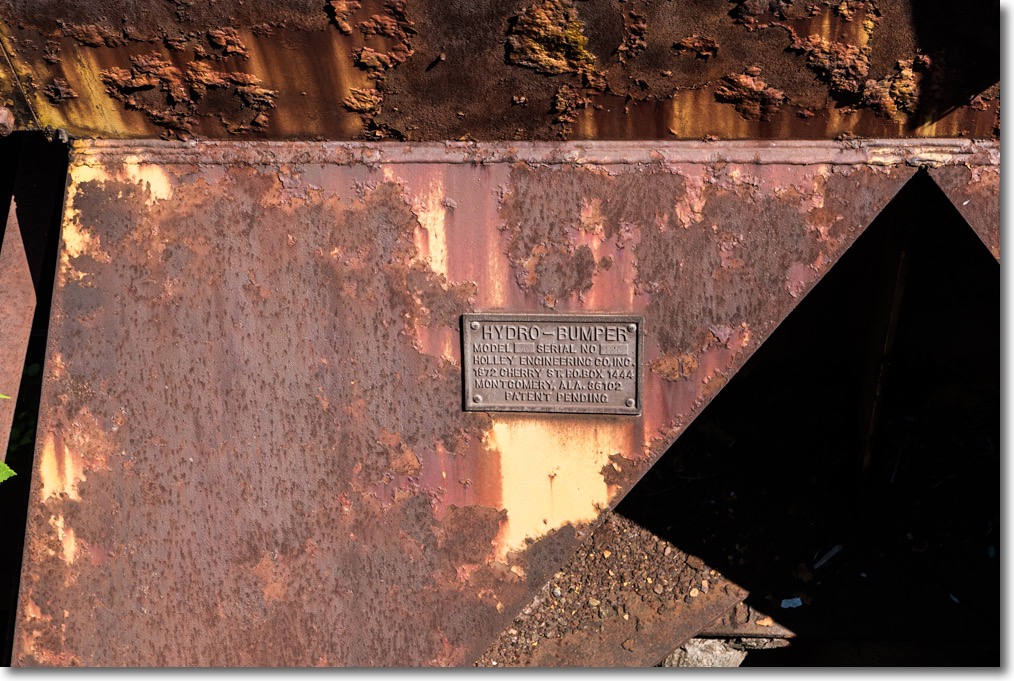
A visit to America’s former heartland of heavy industry is recommended to all interested in the nation’s history.